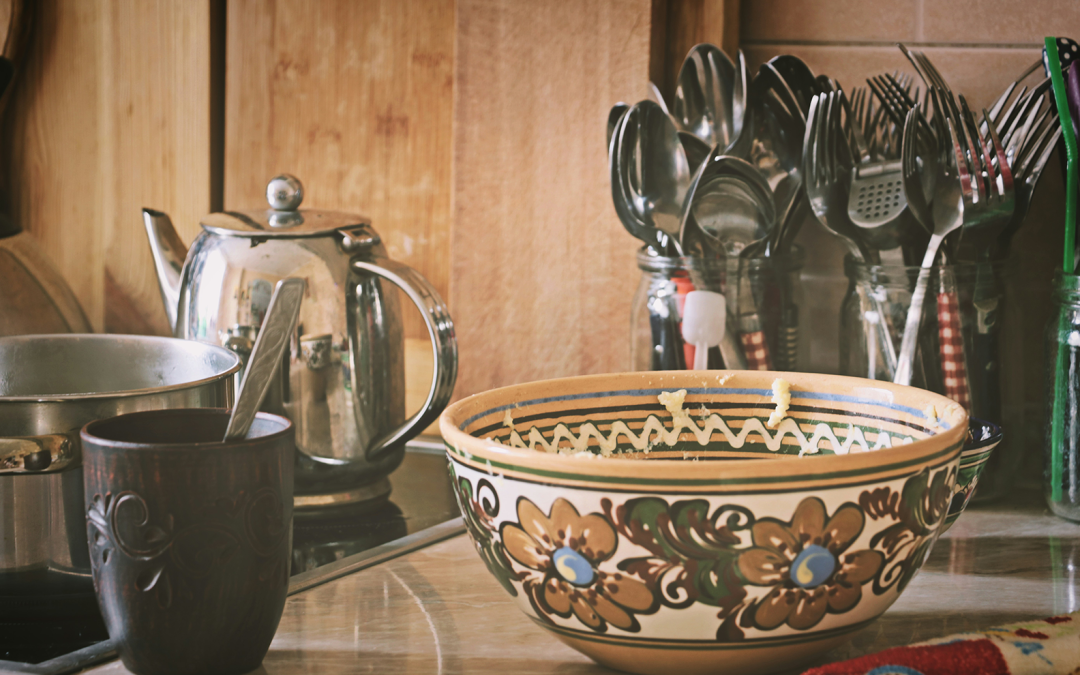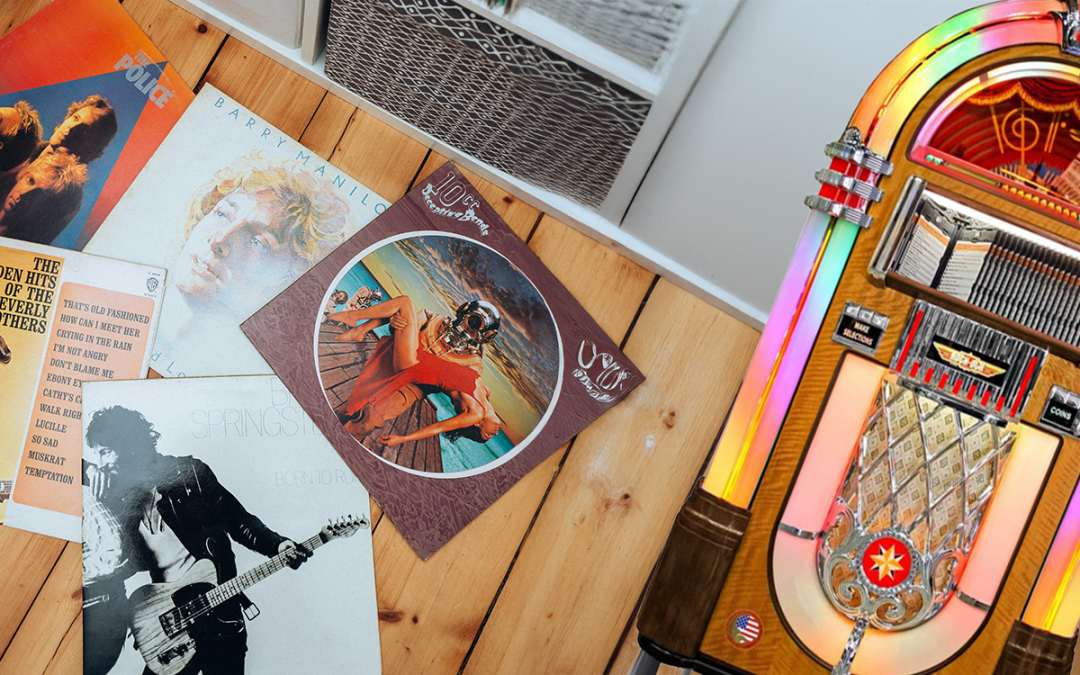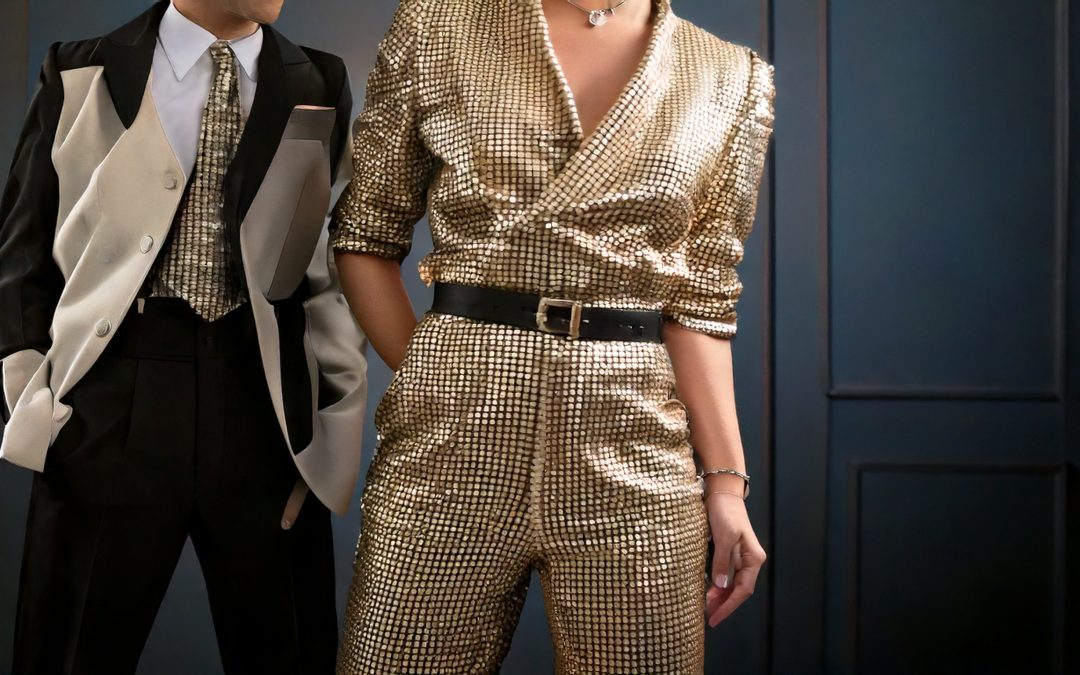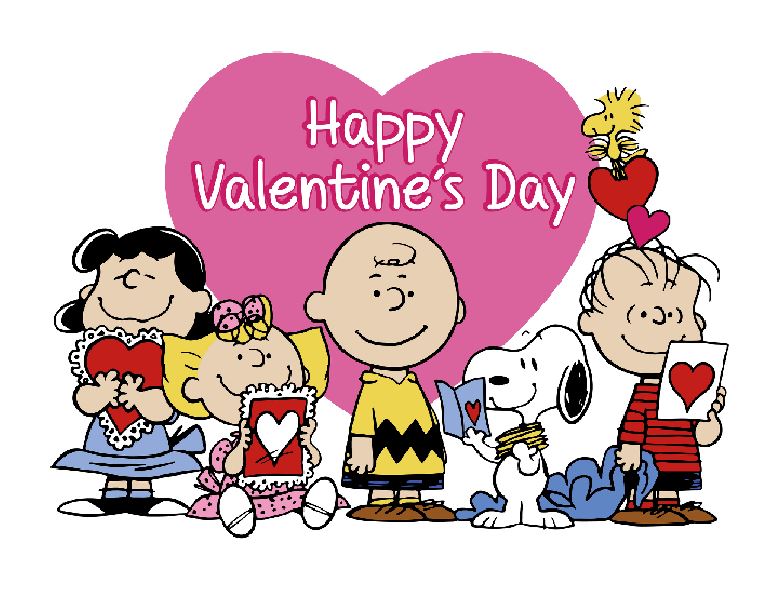
Kitchen items worth their weight in memories, moolah
Photo by Daria Rudyk on Unsplash
June 2025
Everything Old
Kitchen items worth their weight in memories, moolah
by Corbin Crable
Roll up your sleeves and don your aprons, because this month’s issue of Discover Vintage America is headed into the kitchen as we explore antique and vintage kitchen appliances. But let’s not forget about those smaller kitchen tools that we might take for granted but hold just as many memories (and usefulness) in the pursuit of culinary perfection. It’s always good, too, to know their potential monetary worth. Is there money to be found in your everyday vintage kitchen items? Is Grandma’s old mixing bowl worth anything?
An article published last month on delish.com attempts to answer these and other questions. As you might expect, that cast iron skillet, which you have to remind your husband not to wash every time it’s used, is one of the most valuable of kitchen tools. Those pieces from the 19th and early 20th centuries are the most difficult to find, with skillets made by companies like Griswold and Wagner fetching especially high prices online – anywhere from a few hundred dollars to a few thousand.
CorningWare! What 20th century kitchen didn’t have these pieces as among the most often used. Made from Pyroceram material (itself invented in 1958), Corning-Ware, with its cornflower blue floral design, has earned a reputation of being durable. These can be worth up to a couple of hundred dollars.
Next to licking the mixing spoon, using cookie cutters are easily the best part about baking a fresh batch of sugar cookies (my favorite!). The three things you want to look for when starting a collection of cookie cutters are color, size, and shape – those pieces that are either extra large or extra small are highly sought-after, and “darker tins distinguish hold old the items are,” according to delish.com. You can buy old cookie cutters for as little as $25 or as much as a couple of hundred dollars as well.
Every home needs a KitchenAid Mixer, those sturdy old workhorses from midcentury America. KitchenAid’s inaugural model, the Model H-5 mixer, was released more than a century ago, in 1919. The most coveted models from the 1930s and ‘50s usually fetch high prices as long as they’re in great condition, but much of their value is sentimental, evoking memories of mom or grandma.
Would you actually believe that the everyday mason jar has increased in value, due mostly to their recent resurgence in use? It’s true. The first Ball mason jars were released in the 1880s, and jars from brands such as Van Vliet can be worth up to $20,000 or so. The value of these jars depends on a variety of factors, from the brand to the color of the glass, from the lid type to the type of glass used, according to delish.com.
Remember when you’d get your hand caught in the cookie jar as a child? Nowadays, you might find the cookie jar itself an even bigger treat. Again, like the KitchenAid mixer, the cookie jar enjoyed a heyday of more than 20 years, from the 1930s through the 1950s.
We’ll be preheating the oven as you scan the vast expanse of the Internet, hunting for the value of your vintage kitchen tools. And we’ll call you when dinner’s ready!





